
Richard Spurr 1am - 4am
9 April 2021, 12:21 | Updated: 10 April 2021, 00:35
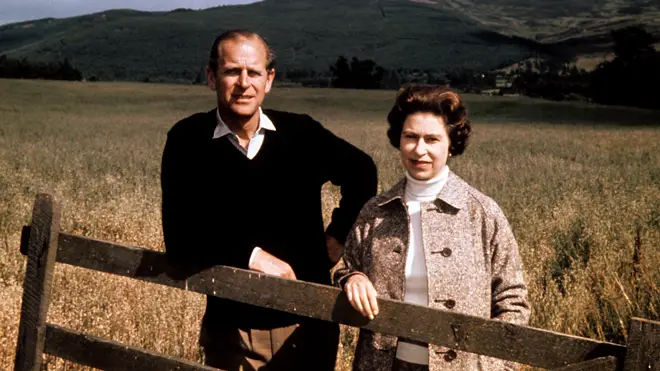
His Royal Highness The Duke of Edinburgh has died at the age of 99.
Prince Philip, who has served as The Queen's "strength and stay" for the entirety of her reign, passed away at Windsor Castle. He recently spent a month in hospital being treated for an infection and a pre-existing heart condition.
Her Majesty Queen Elizabeth II is leading the nation in mourning and she has been joined by other members of the royal family.
As tributes pour in from around the world following the death of the Duke of Edinburgh, tune in live to LBC's special coverage.

Prince Philip 1921- 2021: Her Majesty's 'Strength and Stay'
Buckingham Palace announced his passing with a message to the country: "It is with deep sorrow that Her Majesty The Queen announces the death of her beloved husband, His Royal Highness The Prince Philip, Duke of Edinburgh.
"His Royal Highness passed away peacefully this morning at Windsor Castle. Further announcements will be made in due course.
"The Royal Family join with people around the world in mourning his loss."
The Duke retired from public life in May 2017 when he stopped carrying out engagements on behalf of the crown.
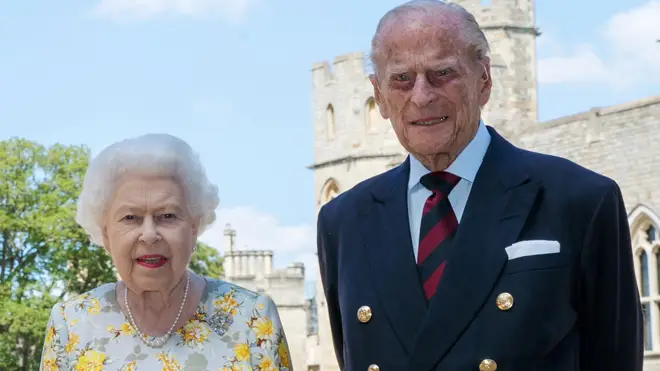
He officially retired on 2 August of that year, having carried out 22,219 solo engagements since 1952.
It is with deep sorrow that Her Majesty The Queen has announced the death of her beloved husband, His Royal Highness The Prince Philip, Duke of Edinburgh.
— The Royal Family (@RoyalFamily) April 9, 2021
His Royal Highness passed away peacefully this morning at Windsor Castle. pic.twitter.com/XOIDQqlFPn
Her Majesty and his Royal Highness had recently celebrated their 72nd wedding anniversary. He first met his future bride in 1934 at the wedding of Princess Marina of Greece and Denmark and Prince George, the Duke of Kent.

They next met five years later. The Prince, then aged 18, was asked to escort Princess Elizabeth and her younger sister Princess Margaret during a visit to the Royal Naval College in Dartmouth.
The King’s official biographer, Sir John Wheeler-Bennet, said: “This was the man with whom Princess Elizabeth had been in love with from their first meeting.”
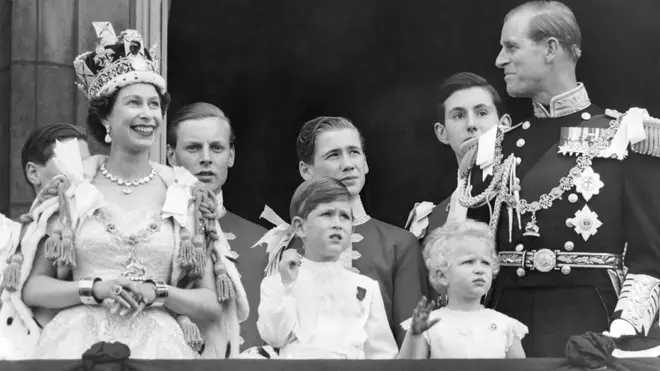
The young princess became besotted with the handsome young naval cadet, and the pair began to exchange letters with one another, continuing throughout the Second World War when Prince Philip was sent to fight on ships across the globe as part of the war effort.
Prince Philip was mentioned in dispatches for his service during the war. He was sent to join HMS Valiant as part of the Mediterranean Fleet to take part in the battle of Matapan against the Italian fleet in Greek waters.
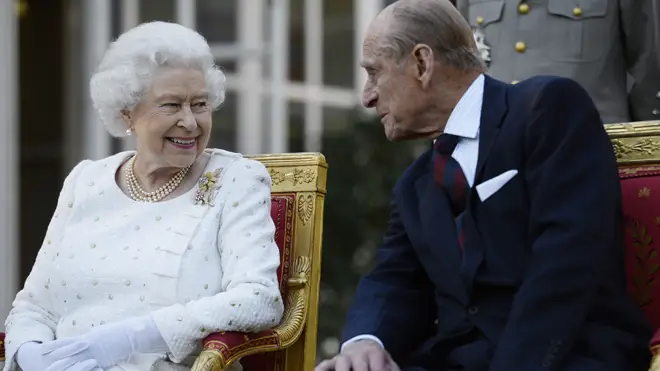
He was later awarded the Greek War Cross of Valour. When the war came to an end, Prince Philip was present in Tokyo Bay when the Japanese surrendered on 2 September 1945.
In 1947 Prince Philip asked King George VI for Princess Elizabeth’s hand in marriage, but the pair were told to wait until Elizabeth’s 21st birthday to make the announcement.
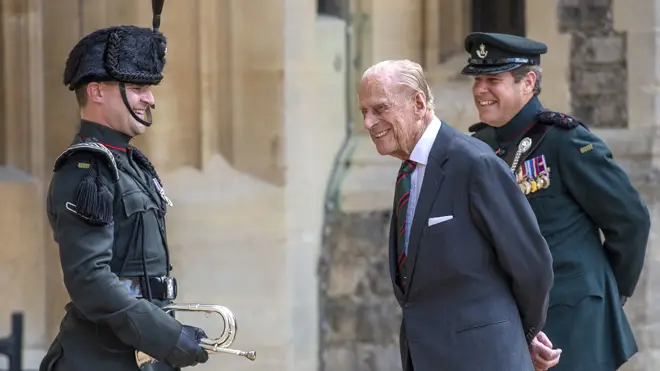
The official announcement was made on 9 July 1947, and the pair were married just four months later on 20 November at Westminster Abbey.
In order to marry Elizabeth, Philip abandoned his Greek and Danish royal titles as a member of the House of Schleswig-Holstein-Sonderburg-Glücksberg, and instead became a naturalised British citizen with the surname Mountbatten – his mother’s maiden name.
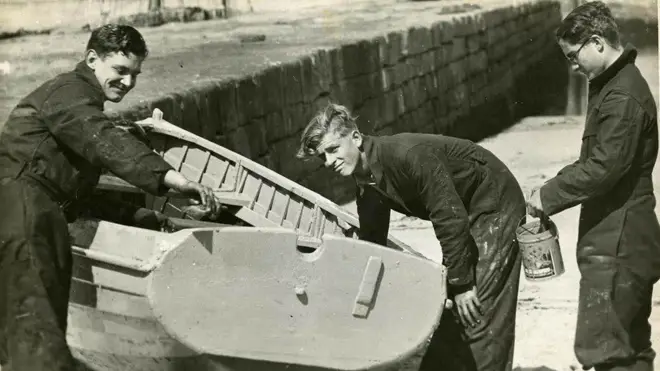
The night before his marriage, he was bestowed the title of a Royal Highness, and on the morning of the wedding he was made Duke of Edinburgh, Earl of Merioneth and Baron Greenwich in the County of London.
One day before the wedding, Prince Philip was stopped by police for speeding while on his way to the final wedding rehearsal.
He is said to have uttered: “I’m sorry officer, But I’ve got an appointment with the Archbishop of Canterbury.”
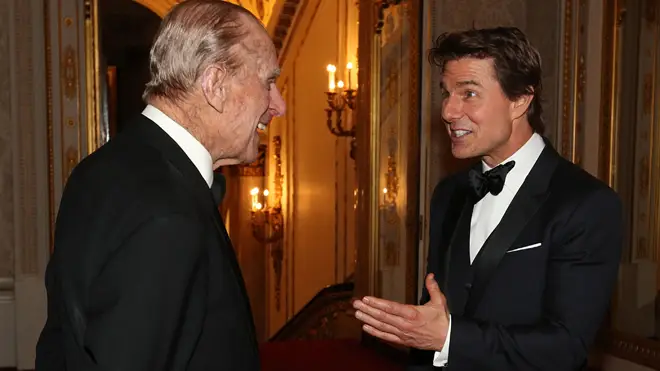
On 14 March 1948, the couple welcomed their first-born child, Prince Charles who later became His Royal Highness the Prince of Wales.
The Prince of Wales has since become the longest serving heir in British history.
But the birth of their first child brought with it the issue of what name should be given to the Queen and Philip's children.

Traditionally a woman would have taken her husband’s surname, but the question of Elizabeth’s accession complicated matters.
It was decided their children would bear the surname of the royal house, Windsor, much to the disappointment of Prince Philip.
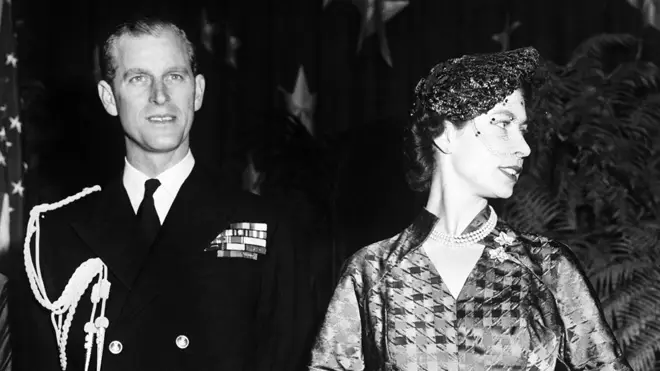
“I am nothing but a bloody amoeba,” he reportedly said of the decision.
“I am the only man in the country not allowed to give his name to his own children."
But in 1960, It was decided any descendants without a title and in need of a surname would use Mountbatten-Windsor, uniting both the Queen’s name and her husband.
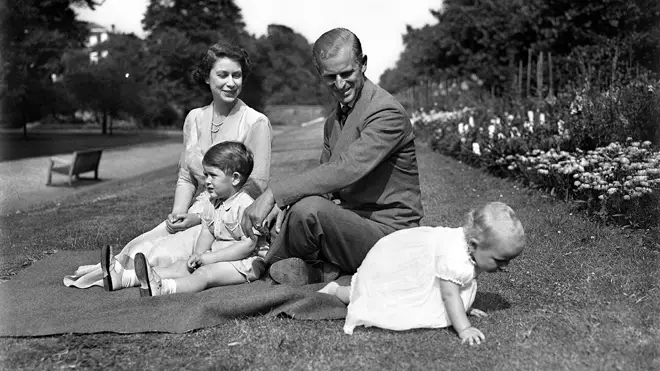
Although Prince Philip was born a member of both the Danish and Greek royal families, his childhood was anything but glittering.
He was born on the kitchen table of his family home on 10 June 1921, on the Greek island in Corfu.
He was the fifth child and only son of Prince Andrew of Greece and Denmark and Princess Alice of Battenburg, who were already living in exile at the time of his birth.
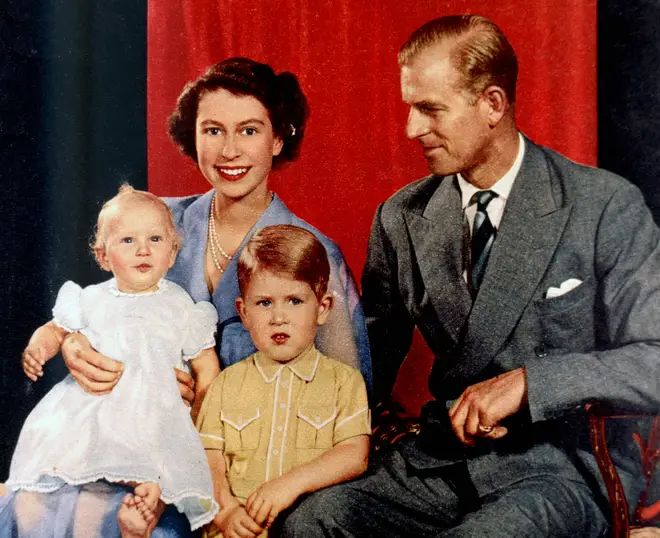
The family were evacuated from the island by the British Navy in 1922 after his father was banished from Greece for life by the revolutionary court, with Prince Philip being hid in an orange crate to ensure his safe passage.
From there, the family settled in Saint-Cloud, a wealthy suburb in Paris, before Prince Philip was sent to the UK to be educated.
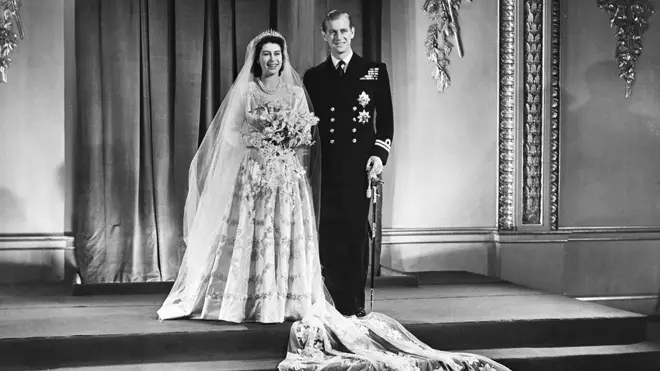
He spent a short time at school in Paris, before being sent to live in Kensington Palace with other family members to attend the Cheam School and later Gordonstoun, which had been founded by a Jewish headmaster who had been forced to flee Germany following the rise of the Nazis.
By 1931, Princess Alice was on the verge of a mental breakdown and had been diagnosed with schizophrenia and committed to a Swiss sanitorium.
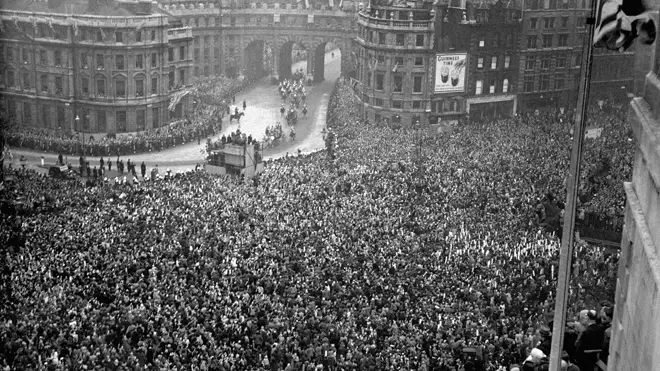
In addition, she had been banished from her homeland, her husband had left her to live in Monte Carlo, and her four daughters had all been married to members of the German aristocracy and moved to live with them.
Three of them married prominent members of the Nazi party.

In 1937 one of Prince Philip’s sisters, Cecilie, was killed in an airplane crash with her husband, the Hereditary Grand Duke Georg Donatus of Hesse, and their two young sons.
Princess Cecilie was eight months pregnant at the time and is believed to have given birth mid-flight to another son, who also sadly perished.
Prince Philip travelled to Darmstadt to take part in the funeral procession, and the teenage Prince was photographed alongside uniformed Nazis.
Princess Alice spent the remainder of her life working in a nursing order she founded as a Greek Orthodox nun.
During the war, she sheltered a Jewish family in Athens and was eventually named as “Righteous Among Nations”.
Prince Philip said of his mother’s sheltering of persecuted Jews: “I suspect that it never occurred to her that her action was in any way special.
“She was a person with a deep religious faith, and she would have considered it to be a perfectly natural human reaction to fellow beings in distress.”
She eventually went to live with Prince Philip and the Queen in 1967 after military rule was imposed in Greece and died in Buckingham Palace two years later.
During the course of his time as the Duke of Edinburgh, he developed a reputation for being outspoken, and also perhaps best known for his legendary gaffes.
He has also been a driving force for modernising the royal family and bringing them to the forefront of the 20th century.
It was his idea to televise the Queen’s coronation, making it the first to be made available to the public, and despite facing opposition from senior courtiers he knew it would make them more popular.
In one of his less successful media campaigns, the prince allowed cameras into his immediate family during 1969 to make a documentary. But it was received poorly, with many claiming it made them seem out-of-touch with the rest of society.
The Queen eventually withdrew it from the air in 1972 and it hasn’t been seen in public since.
One of his more successful campaigns has been the Duke of Edinburgh Award, which has become the world’s largest youth achievement award.
It encourages people between the age of 14 and 24 to serve their communities, experience adventure and develop and learn outside of the classroom.
First launched in 1956 in collaboration with German educationalist Kurt Hahn and Lord Hunt, leader of the first successful ascent of Mount Everest, it has gone on to be completed by more than four million people in 90 countries.
While Prince Philip may now be gone, his legacy is set to continue for years to come through his family.
With the Queen, he has four living children, eight grandchildren and nine great-grandchildren.
Among those are Britain's three future kings, Prince Charles, Prince William and Prince George, promising his memory is set last well into the next generation.
The Duke of Edinburgh: 1921 - 2021